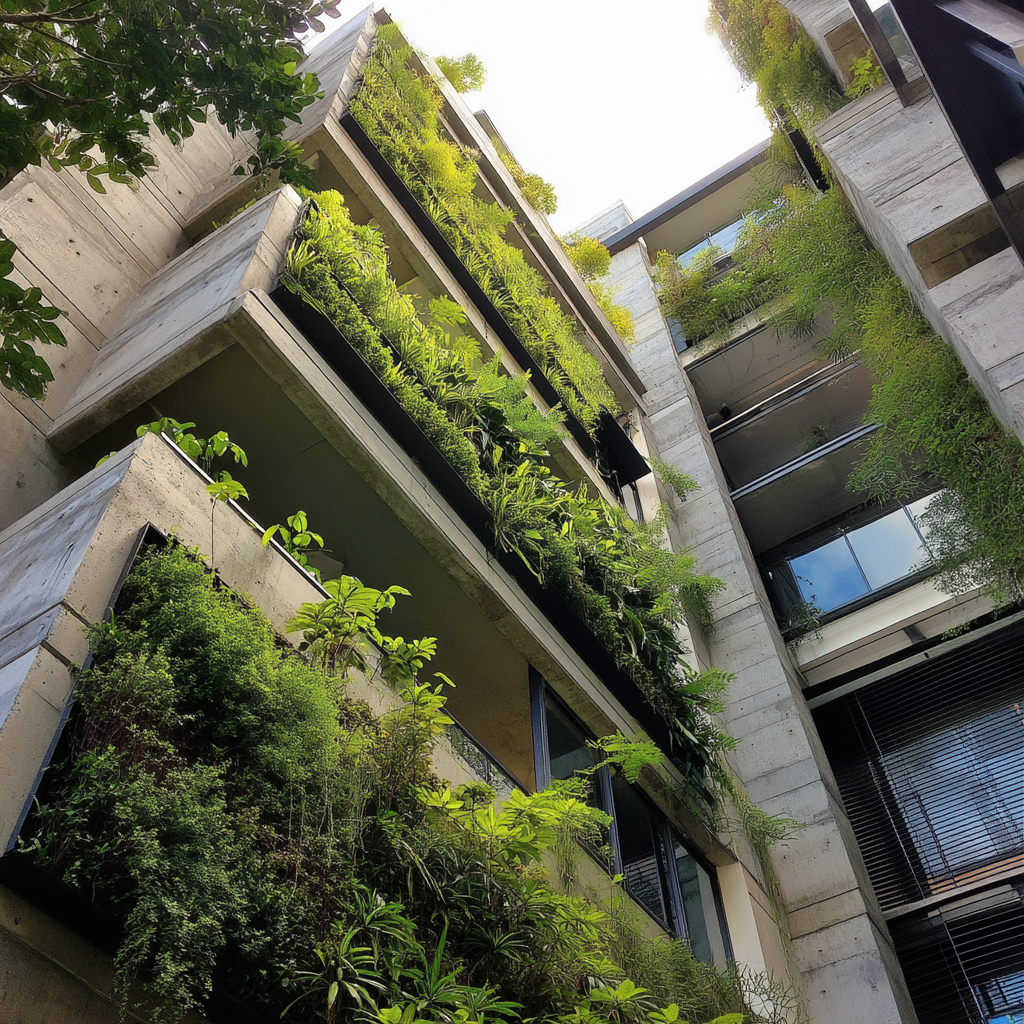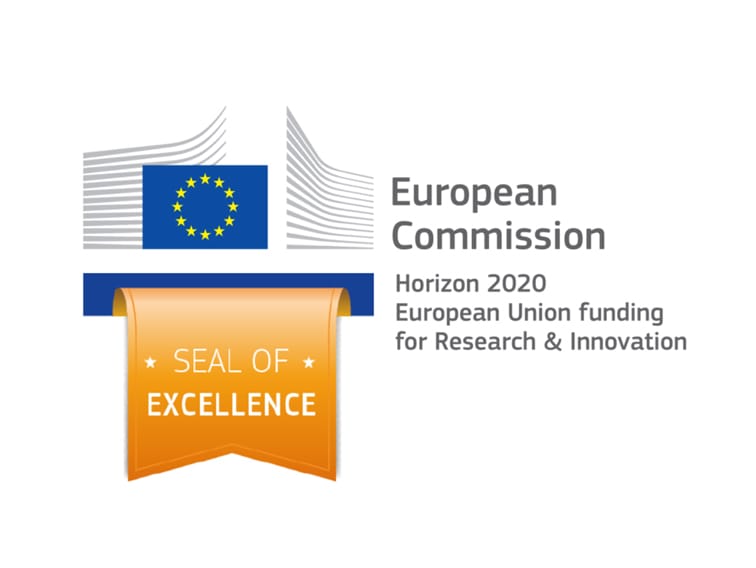The construction industry faces a dual challenge: ensuring the safety and durability of structures while reducing the environmental impact of the materials used. In this context, continuous concrete monitoring emerges as a key solution to optimize both performance and sustainability in large-scale projects.
The Role of Monitoring in Structural Safety
Structural safety depends not only on initial design and calculations but also on rigorous control during execution and service life. The integration of advanced technologies such as CDM enables real-time monitoring, ensuring that concrete meets the required strength, durability, and stability parameters. This approach not only minimizes structural risks but also optimizes decision-making on-site, preventing premature failures and reducing maintenance costs.
Innovative Materials and the Need for Continuous Evaluation
The adoption of low-carbon cement, recycled aggregates, and advanced additives is revolutionizing the concrete industry. However, the variability of these materials and their impact on structural durability require advanced control systems. CDM allows for both laboratory and on-site evaluation of each mix’s performance, ensuring that new materials comply with regulatory and safety requirements without compromising quality.
Towards a Sustainable and Secure Future
The digitalization of construction and the use of monitoring technologies not only enhance operational efficiency but also provide valuable data to optimize future designs and processes. Combining innovative materials with tools like enables the construction of more resilient, sustainable, and safe infrastructures, aligned with global emission reduction and circular economy goals.
In a sector where safety and sustainability are non-negotiable priorities, adopting continuous monitoring systems marks the difference between efficient infrastructure and one prone to failures.
Is your company ready for this transformation?


